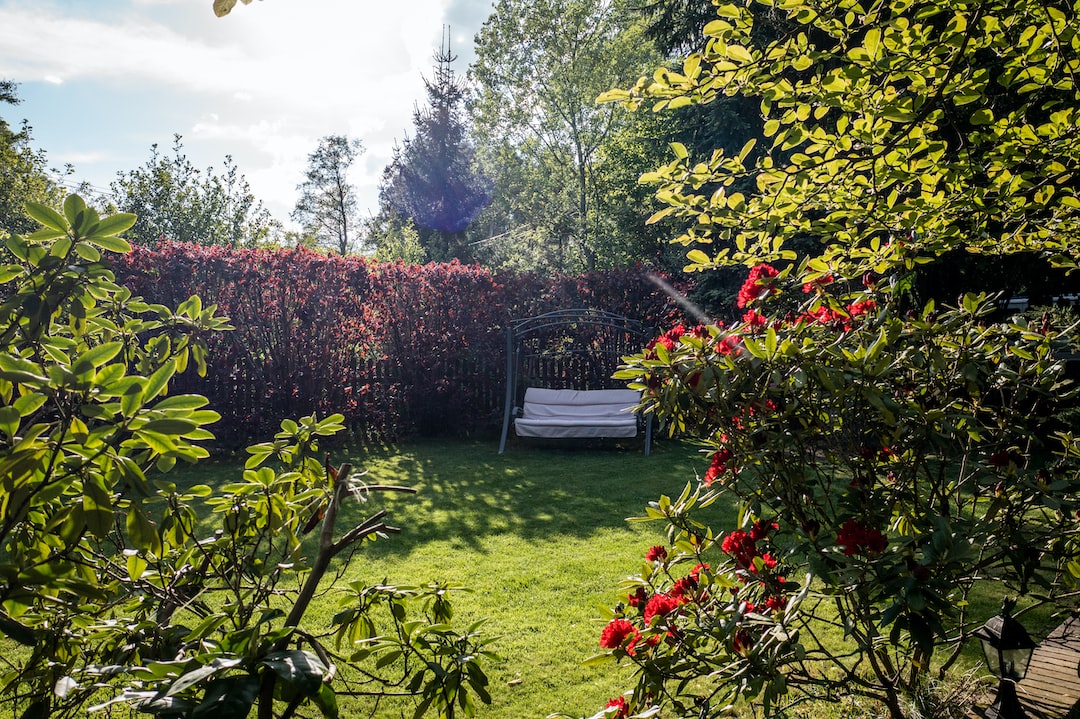Exploring Different Garden Styles: From Cottage Gardens to Modern Landscapes
Picture a lush oasis filled with vibrant flowers, perfectly trimmed hedges, and winding paths leading to hidden seating areas. This image likely evokes feelings of tranquility and beauty. Such is the power of a well-designed garden. Whether you have a green thumb or simply appreciate the wonders of nature, exploring different garden styles can be a captivating and enlightening experience. From the classic charm of cottage gardens to the sleek lines of modern landscapes, each style offers its own unique appeal.
Cottage Gardens: A Celebration of Color and Texture
One of the most beloved garden styles is the cottage garden. Originating in England during the 19th century, these gardens exude a romantic and nostalgic atmosphere. They are characterized by an abundance of flowers, a variety of colors, and a seemingly wild and untamed layout.
Cottage gardens often feature perennials such as roses, foxgloves, and delphiniums, mixed with annuals like pansies and daisies. The aim is to create a tapestry of colors and textures that blend harmoniously together. These gardens often have a sense of informality, with flower beds spilling over onto paths and climbing roses adorning archways.
One of the key principles of cottage gardens is that they are meant to look as if they have evolved naturally over time. This style celebrates imperfection and embraces the beauty of a garden in its natural state. The result is a charming and enchanting space that captivates the senses.
Formal Gardens: Symmetry and Elegance
On the opposite end of the spectrum, formal gardens offer a sense of orderliness and structure. Originating in ancient Persia and later popularized in Europe during the Renaissance era, these gardens are characterized by perfectly symmetrical layouts, geometric shapes, and carefully manicured hedges.
Formal gardens often feature grand water features like fountains and reflecting pools as their centerpiece. The surrounding pathways, flowerbeds, and hedges are meticulously maintained and shaped to create a visual masterpiece. Common plant choices for formal gardens include clipped boxwood, roses, and tulips.
These gardens are often associated with elegance and sophistication, evoking a sense of awe and admiration. They are a testament to the human ability to mold nature into a controlled and artistic expression.
Modern Landscapes: Embracing Minimalism and Innovation
In recent years, modern landscapes have gained popularity for their sleek design, minimalistic approach, and innovative use of materials. These gardens embody the principles of simplicity, functionality, and clean lines.
The focus in modern landscapes is often on the hardscape elements, such as concrete or gravel paths, minimalist furniture, and contemporary sculptures. Plants are often chosen for their architectural qualities rather than their blooms, with species like grasses, succulents, and ornamental trees taking center stage.
The color palette in modern landscapes is often monochromatic, focusing on shades of green, gray, and white, allowing the form and texture of the plants to shine. The result is a garden that feels serene, uncluttered, and timeless.
Exploring Different Garden Styles: A Journey of Inspiration
By exploring different garden styles, we open ourselves to a world of inspiration and possibility. Whether you prefer the romantic charm of a cottage garden, the elegance of a formal garden, or the sleek lines of a modern landscape, each style offers a unique aesthetic that can transform any outdoor space into a work of art.
Whichever style speaks to you, remember that a garden is a living, evolving entity that requires care and attention. Creativity, experimentation, and a deep appreciation for nature are essential ingredients to creating a garden that brings joy and beauty to your life and those who visit. So go forth, immerse yourself in the wonders of garden design, and let your own creativity blossom as you craft your personal oasis of greenery.
